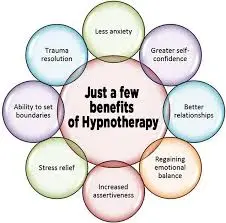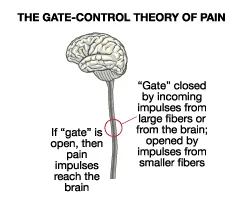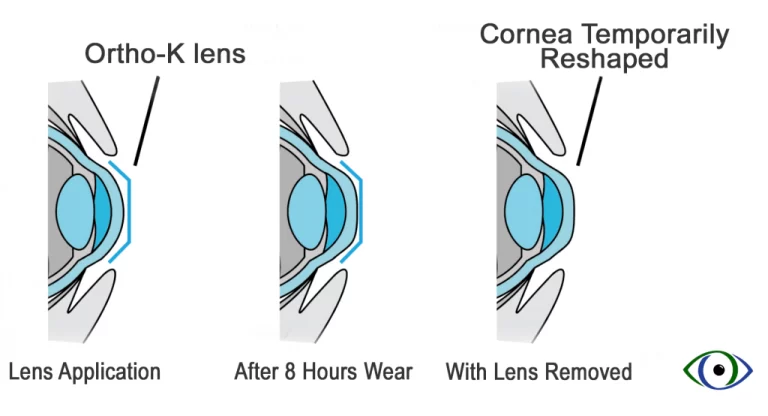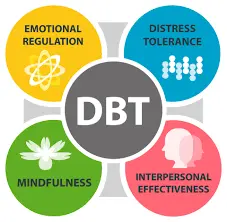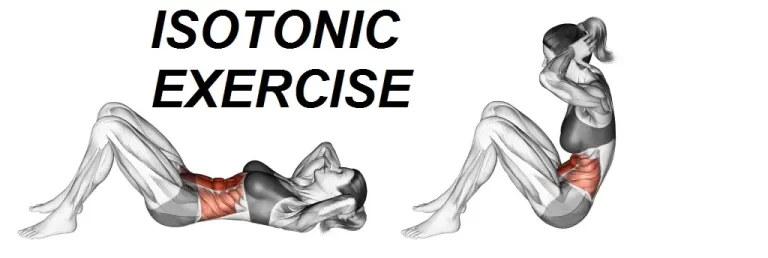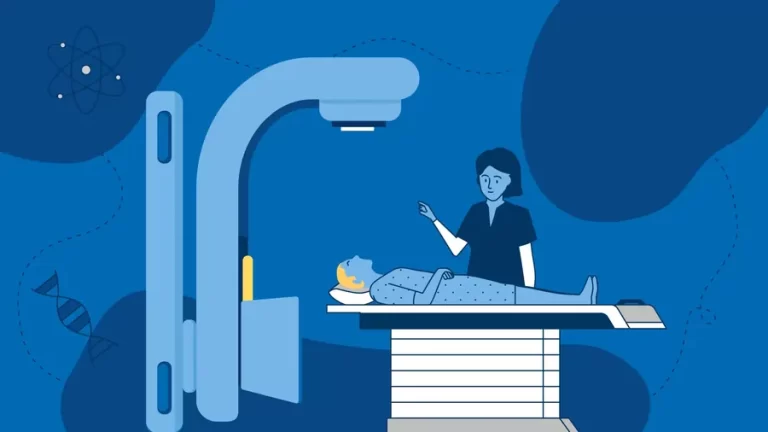Hypnotherapy
Introduction Hypnotherapy is a therapeutic technique that uses hypnosis to help individuals tap into their subconscious mind and bring about positive changes. By guiding individuals into a deep state of relaxation and heightened focus, hypnotherapy allows them to explore thoughts, feelings, and memories that may be difficult to access in a normal state of awareness….

